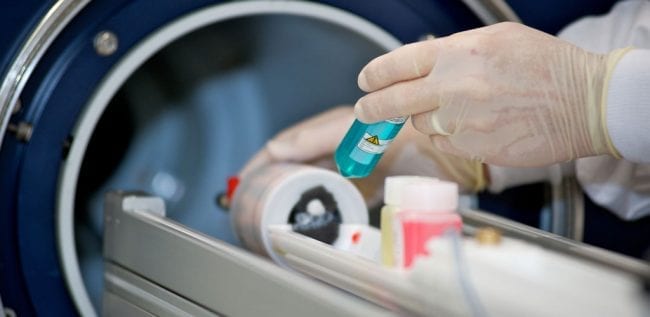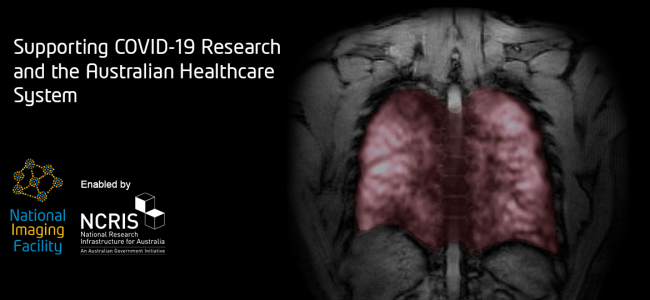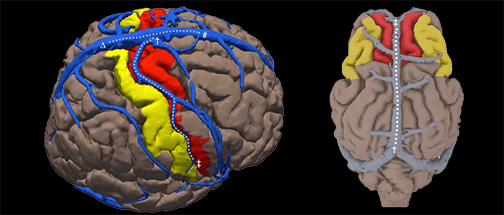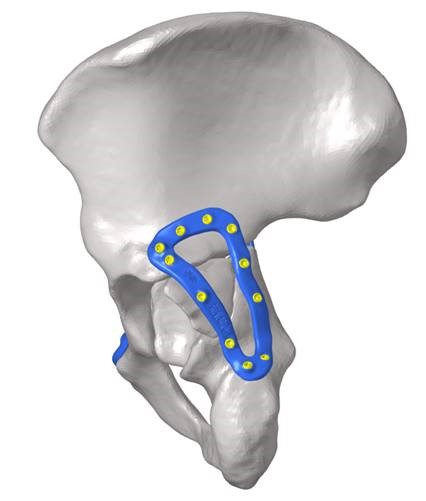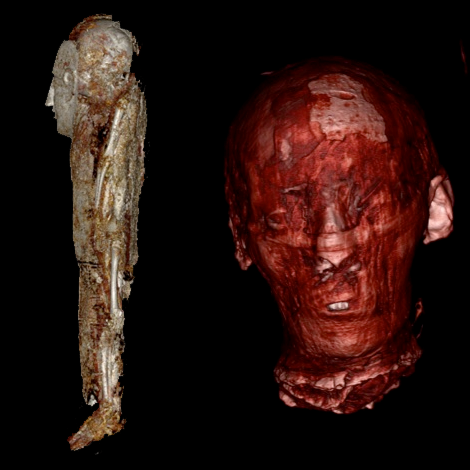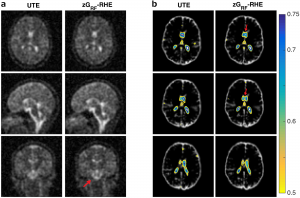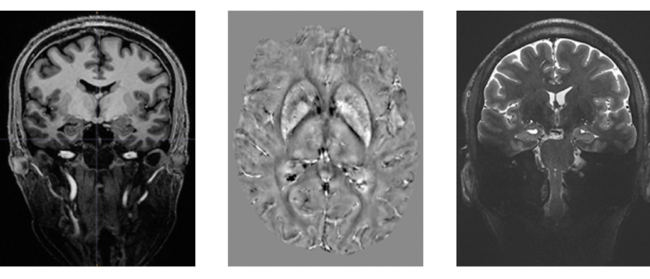CT and 3D printing improving clinical PPE
Frontline medical workers put themselves at risk during a pandemic to deliver critical health care and save lives. Personal protective equipment (PPE) such as gloves, gowns, and face shields can reduce the risk of infection. To prevent contamination through airborne droplets, healthcare workers can employ an air-purifying respirator to push filtered air into their face shield or hood.
Read More



